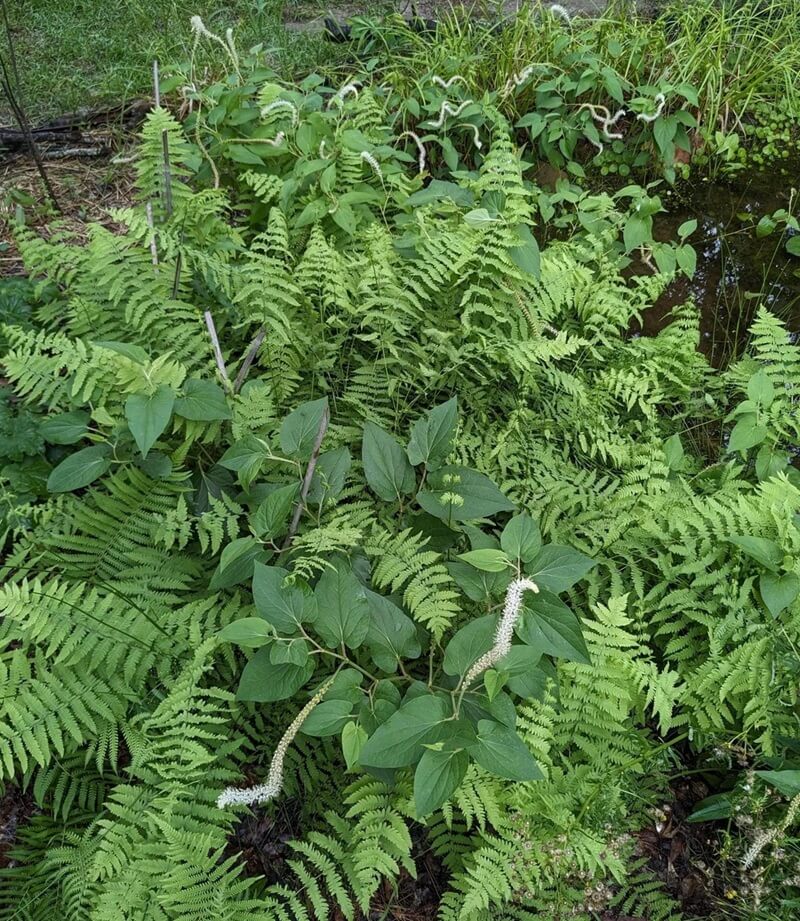Beyond birds and bees, frogs make a perfect addition to any garden.
One Redditor recently posted photos of a "lush and inviting" frog pond that was surrounded by native grasses and plants and flourishing in its second year.
Among the plants in the original poster's frog pond were hazel alder, spicebush, buttonbush, pawpaw, swamp milkweed, and lizard tail. Around the pond's edge, you'd find winged sumac, spotted bee balm, pennywort, and lilypads. All these plants are native to middle Georgia, where the Redditor lives.

The poster explained in the comments how the process involved moving the kids' trampoline and digging a hole in that spot with tiers. The pond had a few rocks around it and required monthly weeding with a garden rake.
In the comments, the Redditor also discussed how the pond had attracted many frogs, writing, "It's been great spotting more green tree frogs around the yard though, I love seeing them."
Posts such as this have been trending on the r/NativePlantGardening subreddit, which covers topics including restoring native habitats, xeriscaping, and building rain and pollinator gardens.
These posts are excellent examples of how to rewild your yard to save money, reduce your family's chemical exposure, cut back on water usage, and attract pollinators. Building a frog pond requires providing various types of plants, rocks, and logs; plenty of moisture; and different depths.
Pond habitats are especially important since human-caused pollution is threatening amphibians worldwide. Nearly 2,900 species, including frogs, are at risk of extinction, which disrupts the food chain and ecosystem.
"Huge pollinator magnet," one Redditor commented.
"Absolutely lovely," another user wrote.
Beyond words of affirmation and admiration, the post inspired others to build their own ponds to entice native and beneficial wildlife to their yards.
"It's exactly what I want, except I need some embankment for box turtles," a Redditor commented. "I'm a rehabber and have some unereleasables that will use the pond."
Join our free newsletter for easy tips to save more, waste less, and help yourself while helping the planet.









